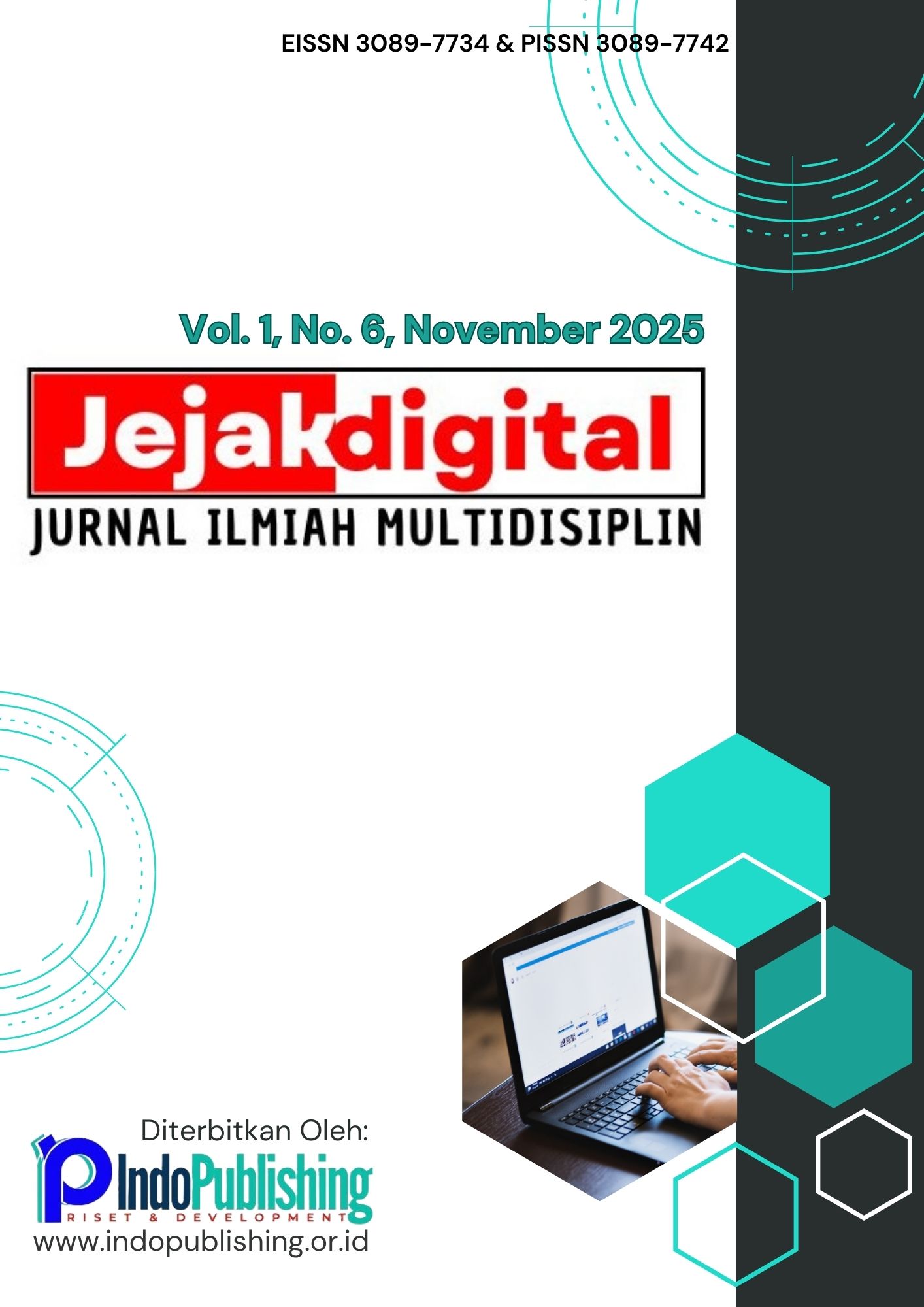Empat Pilar Biofisika dalam Keperawatan untuk Peningkatan Mutu Asuhan
DOI:
https://doi.org/10.63822/c0mnc285Keywords:
Biophysics, Nursing, Care QualityAbstract
The advancement of medical technology and patient safety demands the incorporation of biophysical principles into everyday nursing practice. This literature review synthesizes the roles of four biophysical pillars biomechanics, bioelectricity, thermophysics, and biofluid dynamics in nursing actions relevant to care quality. Biomechanics is applied in nurse ergonomics and patient mobilization, bioelectricity in vital sign monitoring (e.g. ECG, defibrillation) and electrotherapy safety, thermophysics in thermal regulation via conduction, convection, radiation, and evaporation, biofluid dynamics in IV fluid management, hemodynamic interpretation, and respiratory gas flow. From recent studies, mastery of these biophysical principles significantly enhances clinical accuracy, reduces musculoskeletal injuries among nurses, and accelerates patient recovery. It is recommended that nursing education institutions integrate practical biophysics modules via simulation and clinical laboratory practice.
References
Ahmed, S. K., & Mohammed, R. A. (2024). Integration of biomedical engineering principles in nursing education curriculum: A perspective. Journal of Taibah University Medical Sciences, 19(4), 737–738.
Alshammari, M. H., & Alenezi, A. (2023). Nursing workforce competencies and job satisfaction: The role of technology integration, self-efficacy, social support, and prior experience. BMC Nursing, 22, 308. https://bmcnurs.biomedcentral.com/
Application of biomechanics in medical sciences. (2024). Journal of Applied Science / Medical Biomechanics.
Assessment of knowledge and practice of nurses towards uses of body mechanics techniques. (2022). SJNS Journal.
Author(s) unknown. (2015). Use of technical skills and medical devices among new registered nurses: A questionnaire study. Nurse Education Today. https://pubmed.ncbi.nlm.nih.gov/
Author(s) unknown. (2022). Competencies and needs of nurse educators and clinical mentors for teaching in the digital age – A multi-institutional, cross-sectional study. BMC Nursing. https://bmcnurs.biomedcentral.com/
Ben Natan, M., & Becker, F. (2019). Integrating biosciences in nursing education: Barriers and strategies. Nurse Education Today, 76, 182–187. https://doi.org/10.1016/j.nedt.2019.01.012
Bioelectric impedance as a tool to assess hydration in critically ill patients. (2022). International Journal of Nutrology.
Biomechanical stresses on healthcare workers during manual patient transfers. (2024). Applied Ergonomics.
Caruso, V., Gennaro, L., & De Angelis, G. (2020). Biomechanics and ergonomics in nursing practice: A systematic review. International Journal of Nursing Studies, 102, 103467. https://doi.org/10.1016/j.ijnurstu.2019.103467
Crowshaw, D., & Fray, M. (2018). Biomechanical effects of assistive devices in patient handling. Ergonomics / Safe Patient Handling Review.
Effect of biomechanics-correlated integrated nursing mode on operation outcomes. (2025). Molecular & Cellular Biomechanics.
Ergonomic assessment of key biomechanical factors in patient lifting. (2023). Applied Sciences.
Fluid dynamics of life: Exploring the physiology and clinical relevance. (2024). Frontiers in Medicine.
Frank, J. C., & Deva Pon Pushpam. (2018). A descriptive study on knowledge of body mechanics among B.Sc nursing students. International Journal of Nursing Education & Research, 6(2).
Fundamentals of fluids and hydration in neuroscience nursing. (n.d.). ResearchGate.
Hegarty, J., Walsh, K., & Mahon, E. (2021). Embedding simulation-based bioengineering modules in nursing curricula. Journal of Nursing Education, 60(4), 203–210. https://doi.org/10.3928/01484834-20210322-04
Horiuchi-Hirose, M., Fukuoka, T., & Saeki, Y. (2023). Integration of anatomy and physiology into nursing practice as perceived by undergraduate students and registered nurses. BMC Nursing, 22, 270. https://doi.org/10.1186/s12912-023-01514-7
Locsin, R. C. (2022). Technological competency as caring in nursing: A description, analysis and evaluation of the theory. Nursing Philosophy. https://www.ncbi.nlm.nih.gov/pmc/
Manchester, K. R., & Roberts, D. (2025). Bioscience teaching and learning in undergraduate nursing education: A systematic review with narrative synthesis. Nurse Education in Practice, 78, 103614. https://doi.org/10.1016/j.nepr.2024.103614
Nurses' knowledge and practice of appropriate techniques of body mechanics. (2023). PMC / Open Access Article.
Review on mechanisms, importance of homeostasis and fluid imbalances in the elderly. (2016). Food and Nutrition Journal.
Smith, J., et al. (2023). Effectiveness of safe patient handling equipment and techniques: A review. Human Factors and Ergonomics in Health Care.
Tanioka, T., & Locsin, R. C. (2018). Technological competency as caring and the future of nursing practice. Nursing Philosophy, 19(1), e12236. https://doi.org/10.1111/nup.12236
The effect of key anthropometric and biomechanics variables using wearable devices. (2023). Sensors (MDPI).
Downloads
Published
Issue
Section
License
Copyright (c) 2025 Zurni Faulina, Alysia Ivanda Candra Ramadhani, Widia Nur Fatimah, Tasbita Anit Sulastri, Aula Nafit, Zahra Adinda Prabawati Sulendro, Liss Dyah Dewi Arini (Author)

This work is licensed under a Creative Commons Attribution-NonCommercial-ShareAlike 4.0 International License.






